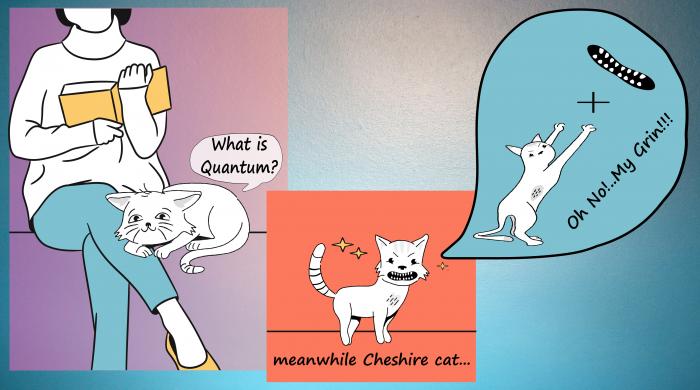New study demonstrates simultaneous wave-and-particle-like properties of a single -photon, can stimulate applications in quantum tech
[Posted on 14 August 2023]

In a first, an Indo-French collaboration of researchers from the field of quantum optics has provided experimental evidence confirming the co-existence of wave-and-particle-like properties of a single photon.
In what could be a significant breakthrough in fundamental physics, the latest findings hold potential to challenge Niels Bohr’s wave-particle complementarity principle which lies at the heart of the standard quantum interpretation. Whereas the Bohr’s wave-particle complementarity principle prohibits the simultaneous display of wave-and-particle-like properties, the latest findings of the researchers here seem to require an appropriate reformulation of the complementarity principle.
“In this experiment, we demonstrate the remarkable display of spatial separation between two distinct properties, that is, polarization and spatial degrees of freedom of a single photon within the interferometer, by preserving the wave-like coherence between the states of a single photon taking both arms of an interferometer. This result could have far reaching ramifications in technologies like quantum communications and quantum sensing,” said Professor Urbasi Sinha, head, the Quantum Information and Computing (QuIC) lab at Raman Research Institute, and the corresponding author of the paper published in Communications Physics (Nature Group) on Tuesday.
Researchers from RRI, and their collaborators from the Bose Institute and CY Cergy Paris University in France argued that this experiment provides an unambiguous empirical vindication of the otherwise puzzling counterintuitive quantum effect, called the Quantum Cheshire Cat (QCC) effect, which was predicted in 2013 by Yakir Aharonov et al. Interestingly, the name of this effect was inspired by the imagery of ‘a grin without a cat’ used in the classic novel Alice in Wonderland.
The experiment was conducted by PhD students Surya Narayan Sahoo, Sanchari Chakraborti and Saumya Ranjan Behera at RRI, an autonomous institute funded by the Department of Science and Technology, Government of India, with theory support from Som Kanjilal, Dipankar Home and Alexandre Matzkin.
Previously, several scientific groups around the world had attempted to observe the QCC effect, but no experiment could perform the joint weak measurements of two different properties in the respective two arms of the interferometer, as yet.
The experiment setup was based a novel measurement scheme, named the ‘weak measurement. Here, the experimentalists suitably invoked a non-destructive or non-absorptive interaction (which is weak). The setup used was a variant of the Mach-Zehnder type interferometer with the relevant optical devices suitably chosen to appropriately implement the relevant weak interactions.
“It was noted that the beam shifts observed in the final detectors, corresponding to two arms of the interferometer, register joint detection of the effects of weak interaction couplings with the path and polarisation degrees of freedom, respectively,” said Professor Matzkin, who is a co-author of the paper and a CNRS Research Professor in theoretical physics at CY Cergy Paris University in France.
Interestingly, Professor Matzkin was also a part of the first experimental demonstration of the QCC effect in 2014. The present group took over five years to first clarify the theoretical understanding of the QCC effect, pinpoint the limitations of the earlier attempted experiments, followed by an appropriate formulation of the experimental scheme and its loophole-free implementation at the QuIC lab at RRI.
“Prospects for the macromolecular interferometric implementation of the QCC effect are currently being investigated that may open up an earlier unexplored avenue for exploring facets of macromolecular quantum wave- particle duality and harnessing its features for practical applications like sensing and communication,” said Professor Dipankar Home, another co-author of the paper and a NASI-Senior Scientist Platinum Jubilee Fellow at the Bose Institute.